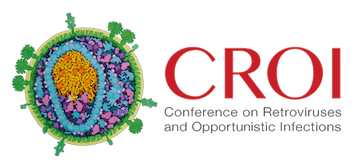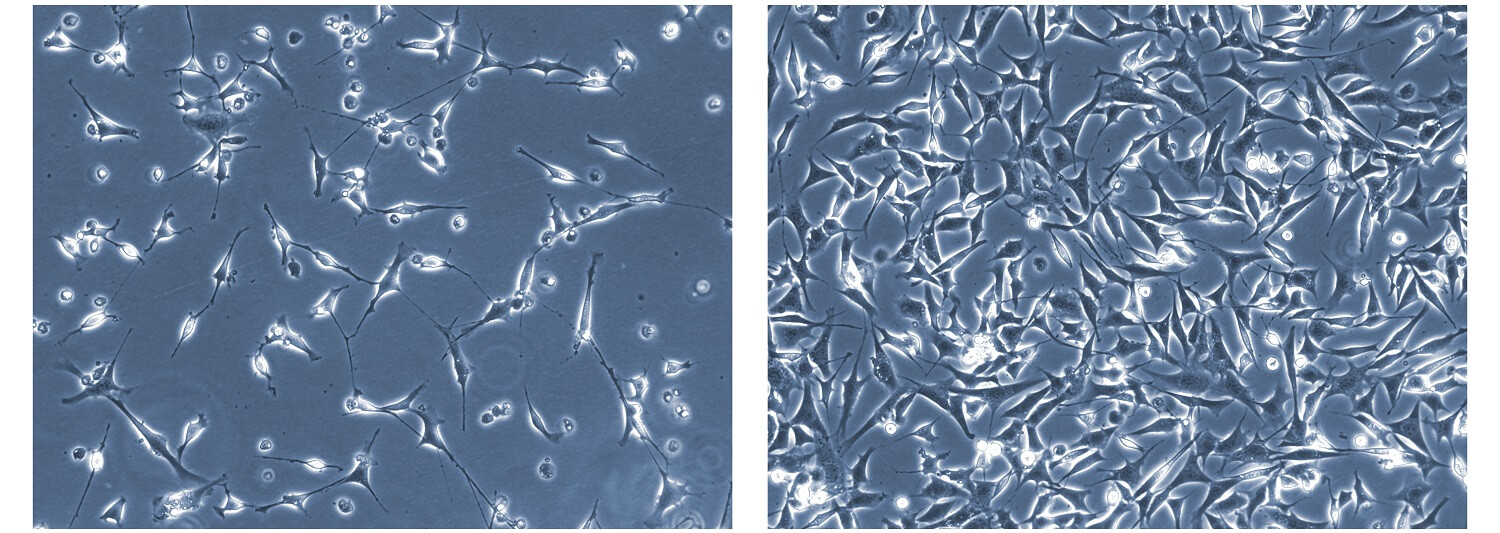Abstract
The prevalence of diabetes mellitus is increased in patients with porphyria cutanea tarda. Different tests are available for diagnosing and screening for type II diabetes mellitus, however choosing the most suitable test is challenging. The pitfalls in the different tests along with the interfering comorbidities and treatments concerning patients with porphyria cutanea tarda complicate diagnosing these patients with diabetes mellitus. HbA1c, fasting glucose, or oral glucose tolerance are the current available tests, with HbA1c as first choice. Measuring HbA1c requires no fasting, however HbA1c can be false low if the patient is treated with phlebotomy or has liver cirrhosis or chronic hepatitis. Instead fasting glucose and oral glucose tolerance tests can be used if the patient is not acutely ill. If either of the tests give a result in the diagnostic range, the test should be repeated if the patient has no clinical symptoms of diabetes. Diagnosing diabetes mellitus is important for the purpose of early intervention, and this review provides the knowledge needed to diagnose this special patient group properly.
http://ift.tt/2G3n0bW









